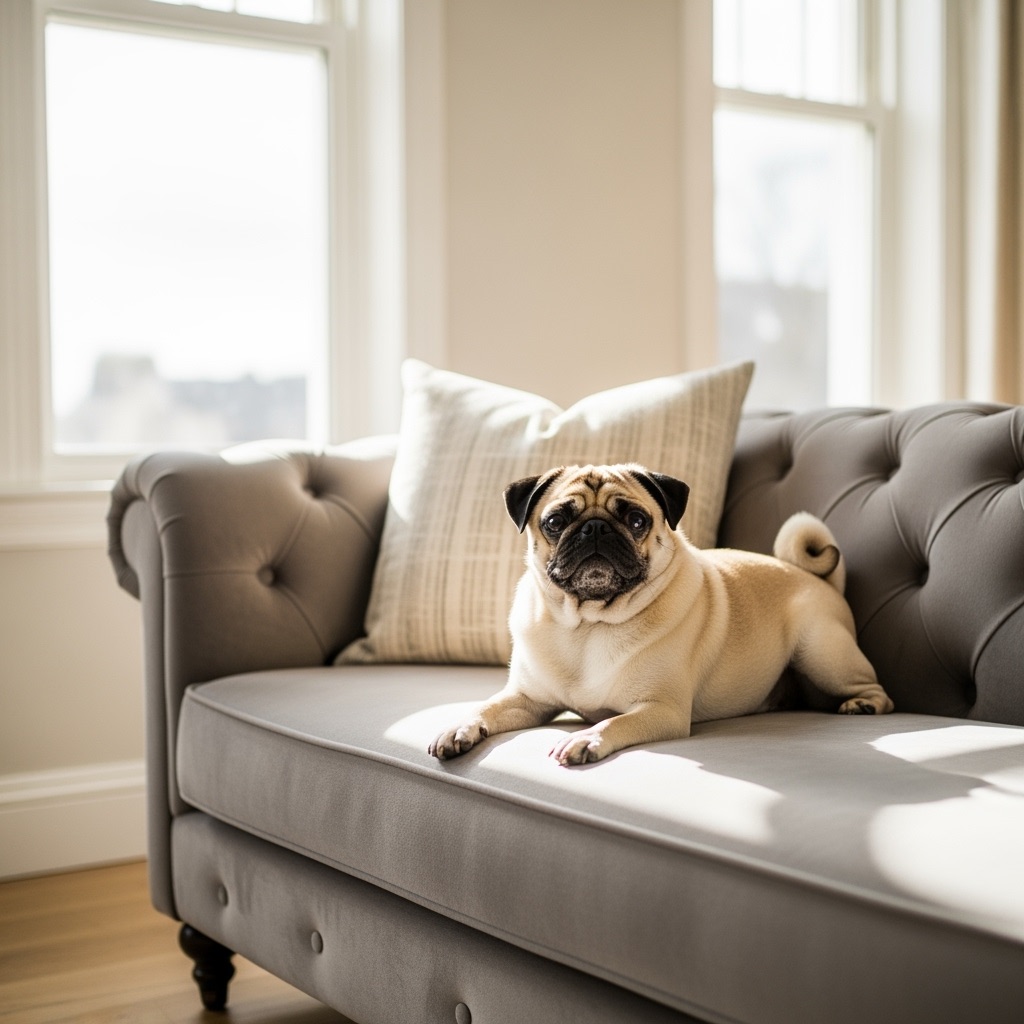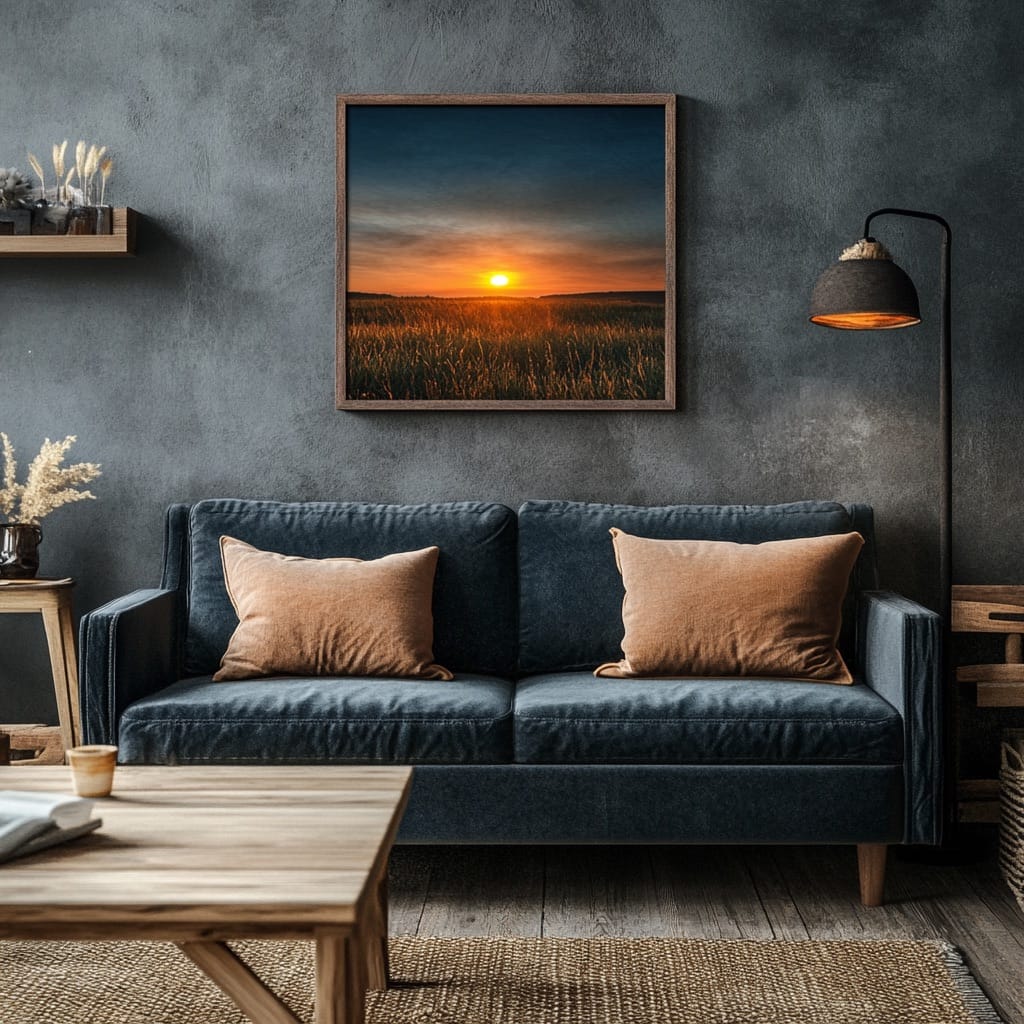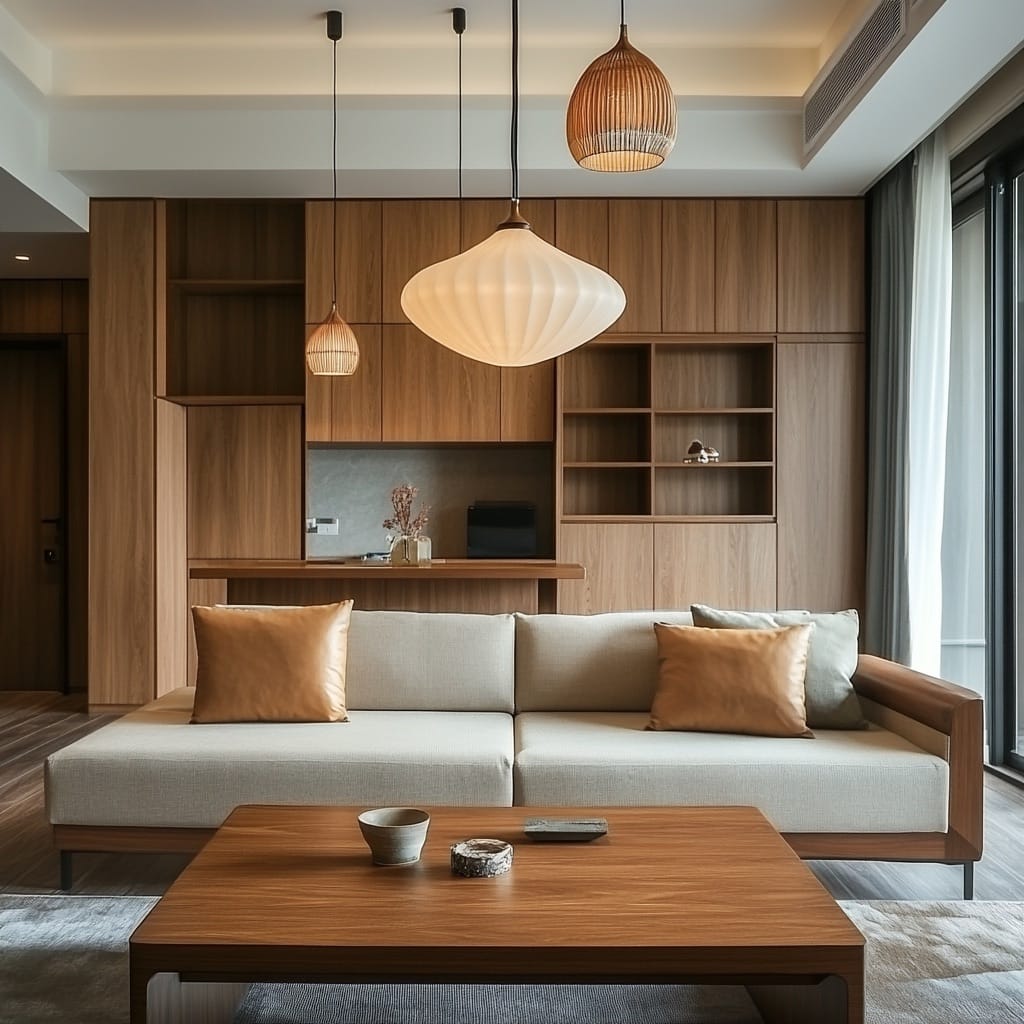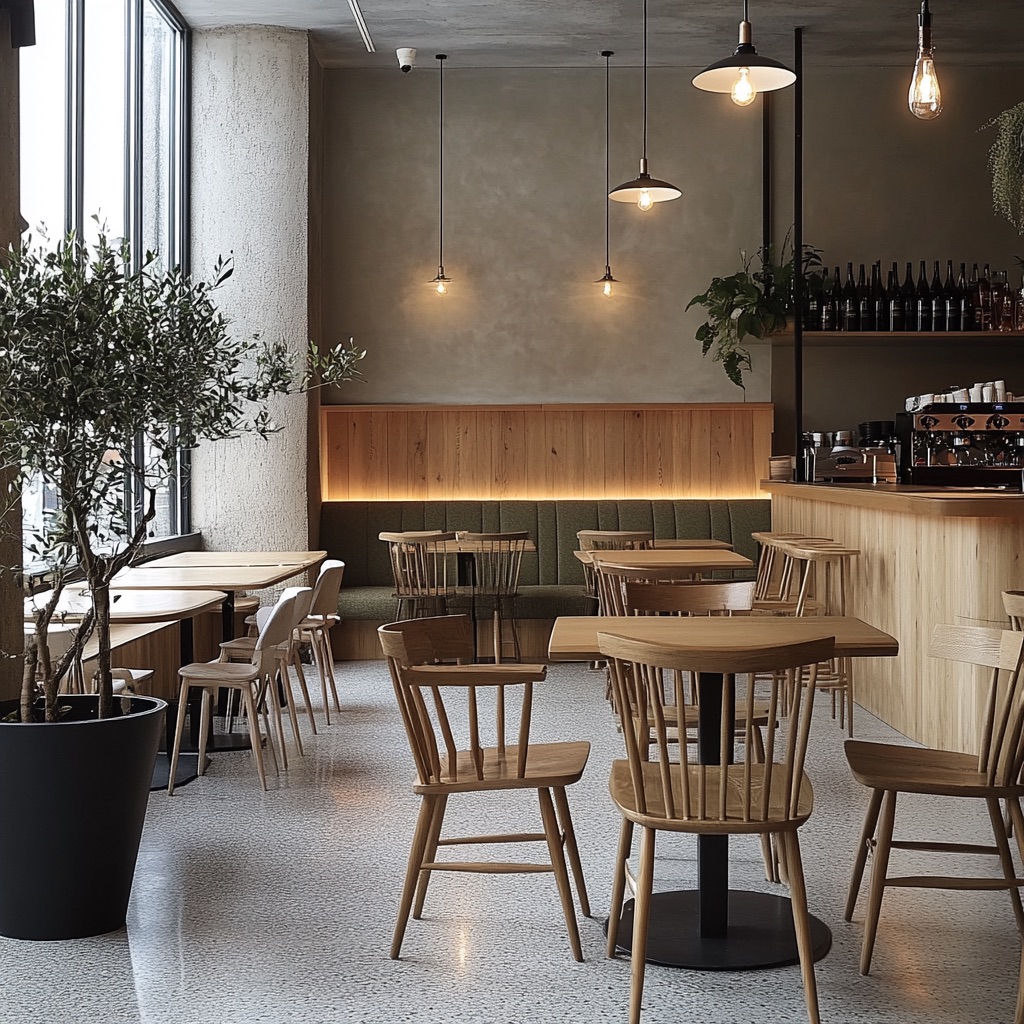Last updated on
As much as a home is supposed to be a safe haven, poor lighting can still pose some health issues. One study found that participants who reported inadequate natural light in their home were 1.5 times more likely to report a fall, while another study showed that eating in dimly-lit areas consumed 39% more calories than usual.
All these have to do with the impaired vision that can occur when a home is improperly lit. As for its direct effects on the eyes, poor lighting at home can lead to eye strain, difficulty focusing, and other issues.
Previously, we talked about the importance of good lighting for a happy and healthy home, mainly because it helps you see clearly. To enjoy relaxation time or engage in productive remote work in your living space, giving your eyes all the help they can get for sustainably healthy vision is crucial.
How Can You Improve Your Home’s Lighting Conditions?
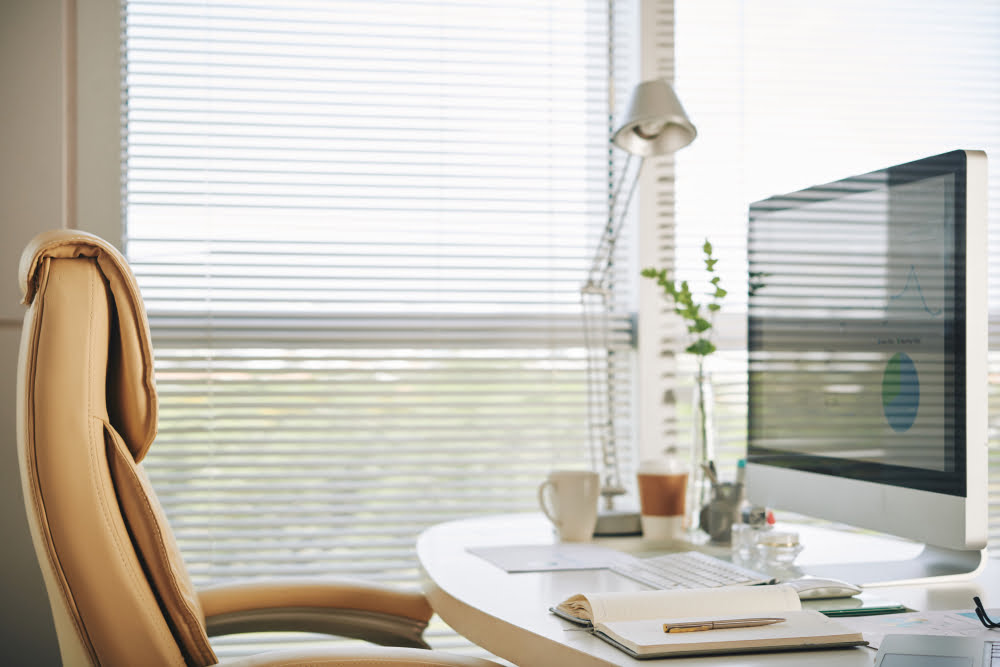
The easiest and most cost-effective way to improve lighting conditions is to increase your home’s ability to receive natural light. Replace thick blackout curtains with lighter-colored options to let more sun in.
You can scoot your work desk closer to a window, as dim light can make it more difficult for your eyes to focus, causing eye fatigue. Plus, the sun is your best source of Vitamin D, which numerous studies have linked to eye health. A systematic review of 27 studies on age-related macular degeneration found that 17 of those studies reported an association with Vitamin D.
You also want to modify lighting in various areas of the home depending on tasks. For instance, reading and food prep require brighter lights so your eyes can perform at their best. But is this where we draw the line for eye protection at home?
Better lighting does protect your eyes from overworking themselves, but this can quickly go the other way. Flat overhead lighting or bulbs with too high a wattage can cause glare and discomfort – adding to the screen time people get at home.
One survey of 500 adults revealed that half of respondents look at screens for 11 hours or more a day, while more than a quarter look at screens for 14 hours or more a day. Adding further eye protection is therefore essential.
What Are Other Ways to Protect Your Eyes?
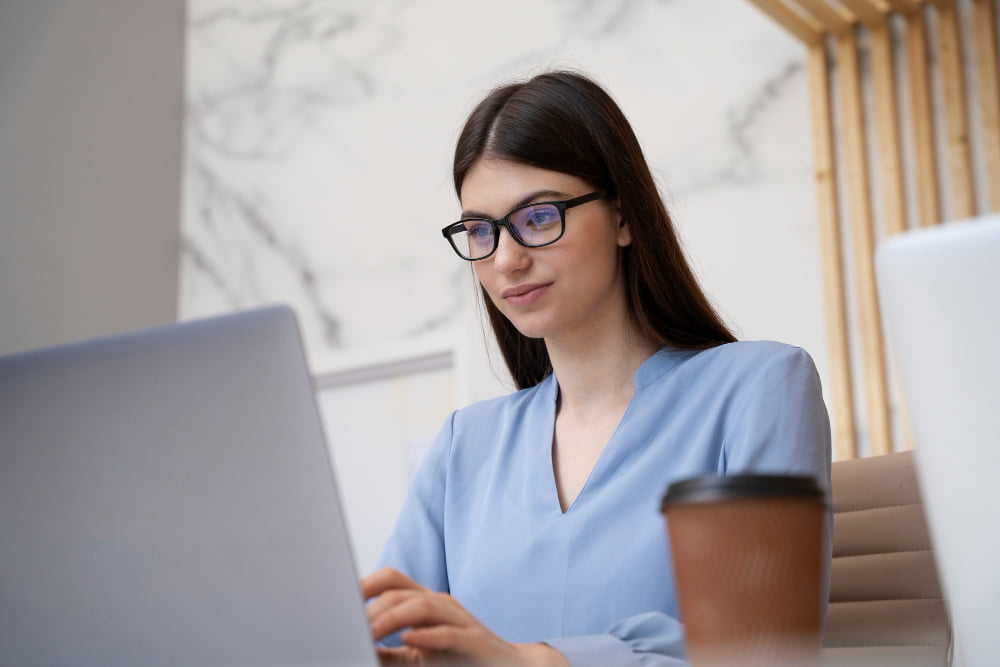
Different eyewear lens types or coatings are available to shield your eyes from harsh lighting conditions at home. When looking to buy glasses online, look for customizable options that place eye health at the forefront. The Oakley Pitchman frames come in a transparent variant perfect for home use; they can be made to your exact needs and delivered to your house.
You can have them fitted with Blue Ready filters that protect against blue-violet light at 400 nm to 455 nm, while heavy users can opt for the Prizm Gaming coating that reduces blue light emissions from OLED and LED screens. Be sure to wear your eyeglasses while working in your home office and during recreational activities like streaming movies or playing video games in your living room.
In addition to glasses, you can opt to install blue light filtering on your devices. Gadget Guard Glass is the world’s first FDA-registered and medically rated screen protector for blocking blue light on phones. By blocking up to 99% of UV and blue light between 300 and 400 nm, its Ocushield technology protects eyes from headaches, eye strain, and sleep disruption.
Various elements in your home can work together to either boost or damage your vision. By modifying the availability of natural and artificial light sources and using additional eye protection for harsh lighting and blue light, you can ensure your home is conducive to better eye health.
Recap:
